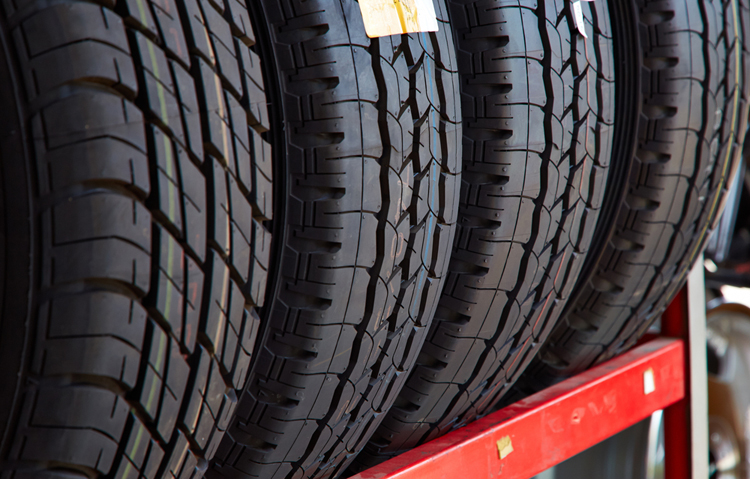Any reputable tire retailer will have knowledgeable people behind the counter to help you when it’s time to choose new tires. They will look up your car in their database to check the wheel and tire size, then tell you what options they have in stock for your vehicle.
It helps to have some knowledge before you get to that point. You should know the type of tires you need, what you may sacrifice by buying cheaper tires and what you get by going up the price ladder.
- If you’re not sure if your tires need replacing, use a penny. Tires with 2/32″ of tread are legally bald, resulting in severely reduced traction and making the car unsafe to drive. Insert the penny into the tire grooves. If Lincoln’s hair is covered, the amount of tread on the tire is fine. Otherwise, it’s time for new rubber.
- Used tires are a common way to save money, but it’s hard to tell if they were improperly inflated or driven aggressively. These factors can accelerate wear and put you in dangerous situations.
- When choosing a tire, consider the condition of the roads where you drive. If they’re in bad shape, talk to your retailer about tires with taller sidewalls to absorb potholes. Low profile tires look more aggressive, but can make for a harsh ride and be more susceptible to blowouts.
- If you don’t know which tires you need, stick with your car manufacturer’s recommendation. Professional engineers typically choose tires that best match the car’s characteristics, taking into consideration handling, comfort and fuel economy. In most modern cars, this information is located inside the driver’s side doorjamb. Alternatively, you can get it by visiting a tire retailer’s website and entering your car’s year, make and model.
- If you live in an area without snow, a passenger or touring tire should fit your needs. Otherwise, consider a set of winter tires you can use in winter until the snow melts. You may even want a dedicated set of wheels for these tires, so you can easily change them out as the seasons change.
- Getting bigger or wider tires than the manufacturer’s original equipment may have consequences. The increased height may cause the tire to rub against the fender, and changing the shape of the contact patch may cause the car to hydroplane when driving over water.
- How long should tires last? According to Consumer Reports, all-season tires typically last between 40,000 and 100,000 miles. To maximize the life of your tires, keep them properly inflated and rotate them according to the owner’s manual. Doing both will help your tires wear more evenly.
- Low rolling resistance tires are designed to help you save at the pump, requiring less energy to keep them rolling on the road. According to the California Energy Commission, these tires can improve fuel efficiency up to 4.5%.
If you are ready to buy, don't forget your Union Plus savings! Union members can save 10% off Goodyear tires.
Posted Date
Image

Summary
Did you know that union members and their families save an average of $3,279 off MSRP when they buy a car with the Union Plus Auto Buying program?
Topics
Featured Image
